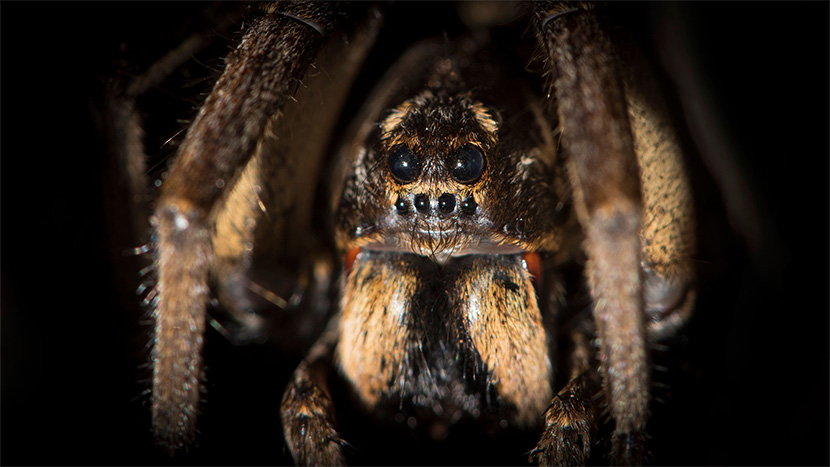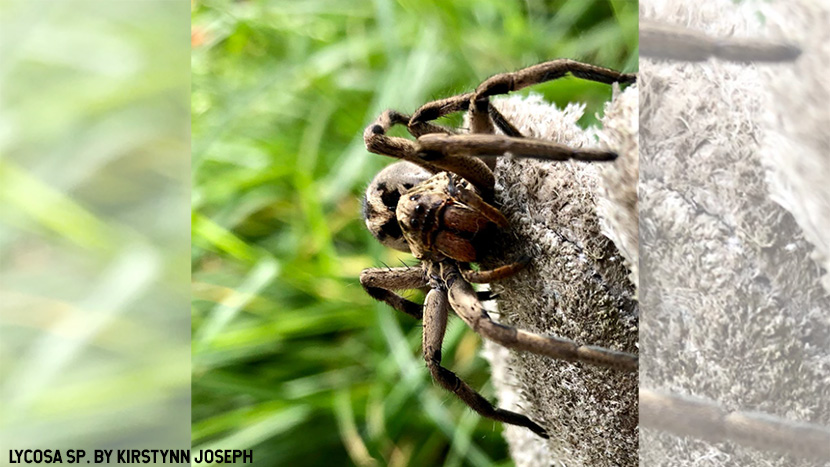Lycosa Aragogi, Distant relative of Aragog?
The interesting thing about the internet is sometimes you can use it for fun, like visiting the pokies Australia website, and sometimes you can use it to learn new facts, like “What is a lycosa aragogi and is it a distant relative of Aragog from the Harry Potter and the Chamber of Secrets story?”
Who is Aragog from the Harry Potter and the Chamber of Secrets story?
Aragog is a giant Acromantula, a fictional magical spider, in J.K. Rowling’s “Harry Potter” series. He plays a significant role in the second book, “Harry Potter and the Chamber of Secrets.” Aragog is introduced as the pet of Hagrid, the Keeper of Keys and Grounds at Hogwarts School of Witchcraft and Wizardry. Hagrid is accused of opening the Chamber of Secrets years ago, leading to the death of a student named Moaning Myrtle.
When Aragog is believed to be the monster in the Chamber of Secrets, Hagrid is taken to Azkaban. However, Harry and Ron, with the help of Hagrid’s loyal pet hippogriff Buckbeak, eventually discover that Aragog is innocent. Aragog was framed, and the true culprit was a young Tom Riddle’s pet snake, a Basilisk. Aragog provides the crucial information that helps Harry and Ron uncover the truth about the Chamber of Secrets, exonerating Hagrid.
Aragog’s character is notable for being a giant and menacing spider, and his presence adds a touch of magical creatures to the rich tapestry of the wizarding world.
What mythology does Aragog from the Harry Potter Chamber of Secrets book come from?
Aragog, the giant spider in the “Harry Potter and the Chamber of Secrets” book, is not directly derived from any specific mythology. Instead, J.K. Rowling, the author of the Harry Potter series, created Aragog as a fictional creature within the wizarding world. While Rowling drew inspiration from various mythological and folklore sources for many elements in the Harry Potter series, Aragog’s character appears to be an original creation for the purpose of the story.
What is a Lycosa Aragogi?
There have been 1-5 (sites disagree) confirmed sightings of Lycosa aragogi, with the most recent sighting submitted on May 15, 2019. There was an uncomfirmed sighting of Lycosa aragogi in Iran in the month of June.
- Kingdom: Animalia
- Phylum: Arthropoda
- Class: Arachnida
- Order: Araneae
- Suborder: Araneomorphae
- Family: Lycosidae
- Genus: Lycosa
- Species: Lycosa aragogi
The primary colors of the Lycosa Aragogi is black, brown, and tan.
This species is named after Aragog, the famous fictional spider from “Harry Potter” book series by J.K. Rowling.
The animatronic puppet version of the character Aragog is based off of the Wolf Spider.
Lycosa aragogi differs from other species of the genus by having two well-developed anterior epigynal pockets and a deep incision between them.
What is the description of the Lycosa Aragogi?
Found only in the dusty sands of Iran’s Kerman Province, the Lycosa aragogi spider isn’t your typical eight-legged resident. This medium-sized hunter, clocking in at around 11 millimeters for females and 8 for males, sports a unique camouflage: a brown carapace adorned with alternating dark and light stripes, making it practically invisible against the arid landscape.
Though its eight eyes, with four small ones in front and two large ones gazing forward, keep it vigilant, it forgoes the web-spinning habits of its cousins, opting instead for the thrill of the ambush. As the sun dips below the horizon, Lycosa aragogi comes alive, its long, powerful legs propelling it with surprising speed across the sand as it stalks unsuspecting insects and other small invertebrates.
This solitary predator prefers to dine alone, a master of surprise attacks fueled by its keen eyesight and agility. While it may share a name with the gigantic acromantula of Harry Potter fame, the real Lycosa aragogi sticks to a much smaller, but no less captivating, role in the desert’s drama.
Imagine a spider about the size of a large marble (females) or a smaller one (males). It lives in Iran’s dry, sandy areas and wears a cool camouflage coat: brown with black and white stripes that blend in with the ground.
This spider isn’t a web-slinger like the ones in your garden. It waits patiently for its dinner (tiny insects) to come close, then BAM! It jumps and uses its sharp fangs to take a bite. It has eight eyes (wow!), four little ones in front and two big ones on top that help it see everything.
Its belly is like a golden yellow treasure chest covered in black and white dots, and its legs are a mix of brown, white, and black too. They’re strong and hairy, perfect for sprinting across the sand to catch lunch.
So, next time you’re in a desert, keep an eye out for this amazing little spider – a master of disguise and a champion sand-sprinter!
What is a Wolf Spider?
Imagine a stealthy hunter cloaked in the shadows, waiting for its unsuspecting prey. That’s the wolf spider, a master of disguise and swift pursuit that prowls the ground, not silken webs. Unlike their web-spinning cousins, these eight-legged assassins are the ninjas of the arachnid world.
Wolf spiders come in all shapes and sizes, but they usually sport a coat of earthy browns and greys, often with mottled patterns that blend seamlessly with leaves, bark, or even your garden mulch. Picture a mottled cookie, but with eight hairy legs instead of sprinkles!
They have excellent eyesight, with eight beady eyes scattered across their head. Two large, gleaming eyes face forward, giving them a wide field of view for spotting juicy insects, while four smaller ones on the front and two more on top keep them aware of threats from above and behind.
These agile hunters don’t waste time spinning webs. Instead, they stalk their prey on foot, their long, powerful legs propelling them with surprising speed. Imagine a furry sprinter with incredible balance, able to dash across uneven terrain and even climb vertical surfaces!
When they get close enough, they pounce, their sharp fangs sinking into the unfortunate insect’s body. And there’s no escape – wolf spiders are venomous, injecting a paralyzing cocktail that ensures their meal doesn’t put up a fight. However, their venom is not medically significant for people, so a bite wouldn’t harm you much!
Wolf spiders are solitary creatures, content with their independent lifestyle. During mating season, though, the males don a special dance routine, waving their legs and shaking their bodies to woo a potential mate. It’s quite a sight, like a hairy disco ball on stilts! After mating, the female carries her eggs in a silk sac attached to her abdomen, fiercely protecting her future offspring until they hatch and disperse.
So, next time you’re exploring the outdoors, keep an eye out for these fascinating creatures. They may be small, but they’re nature’s mini-monsters, masters of camouflage and lightning-fast hunters. Just remember, they’re more interested in insects than humans, so there’s no need to run screaming! But if you’re lucky enough to catch a glimpse of their stealthy movements, you’ll have witnessed a true predator in action.
Summary
Although the Lycosa Aragogi spider looks more similar to Aragog (the body) than the Wolf Spider, Aragog (the face) was actually based off a different Wolf Spider, and not the Lycosa Aragogi. The Lycosa Aragogi was discovered on April 26, 2016. Harry Potter and the Chamber of Secrets (book) was published in 1998 and the movie was released in 2002.


































































































